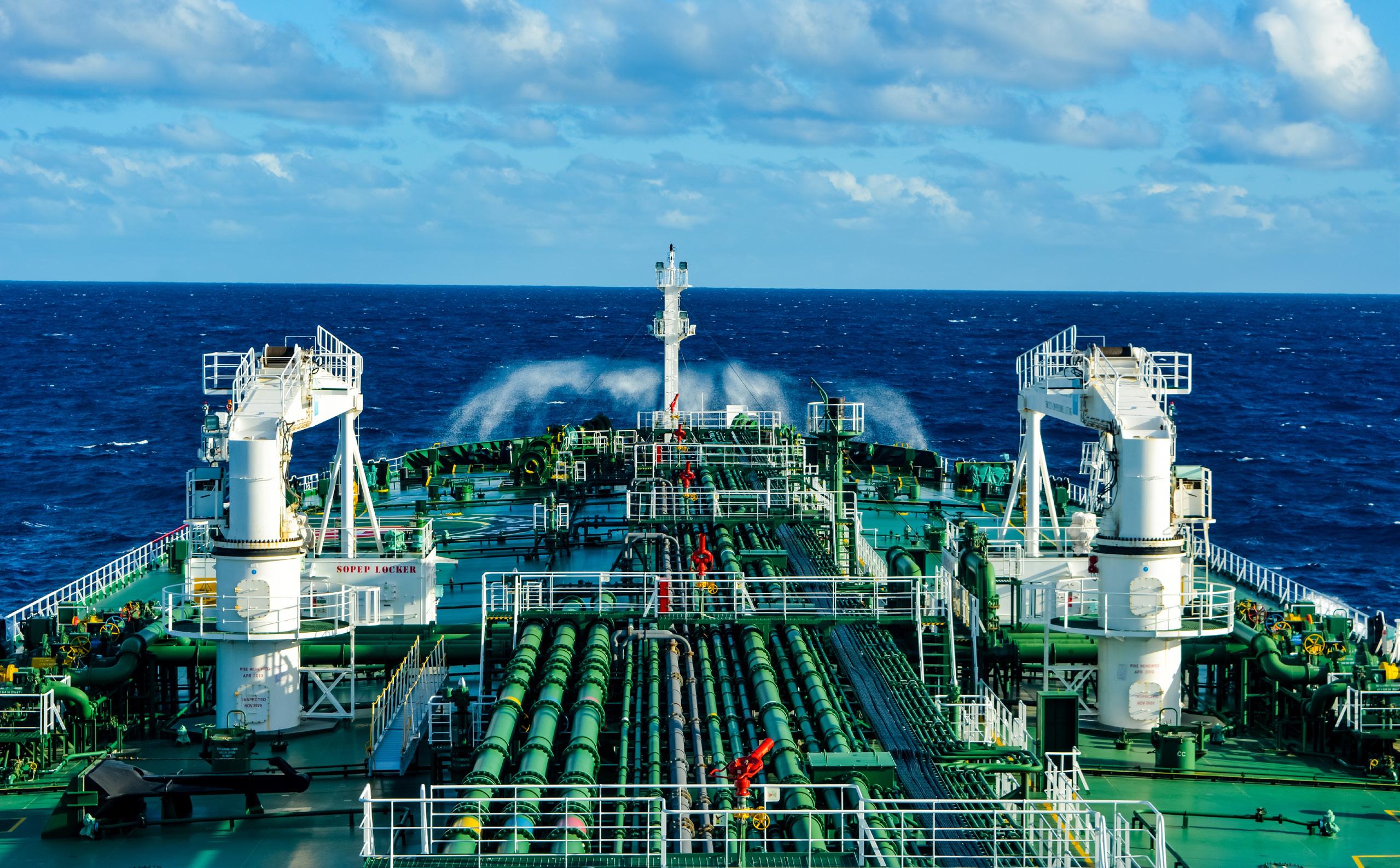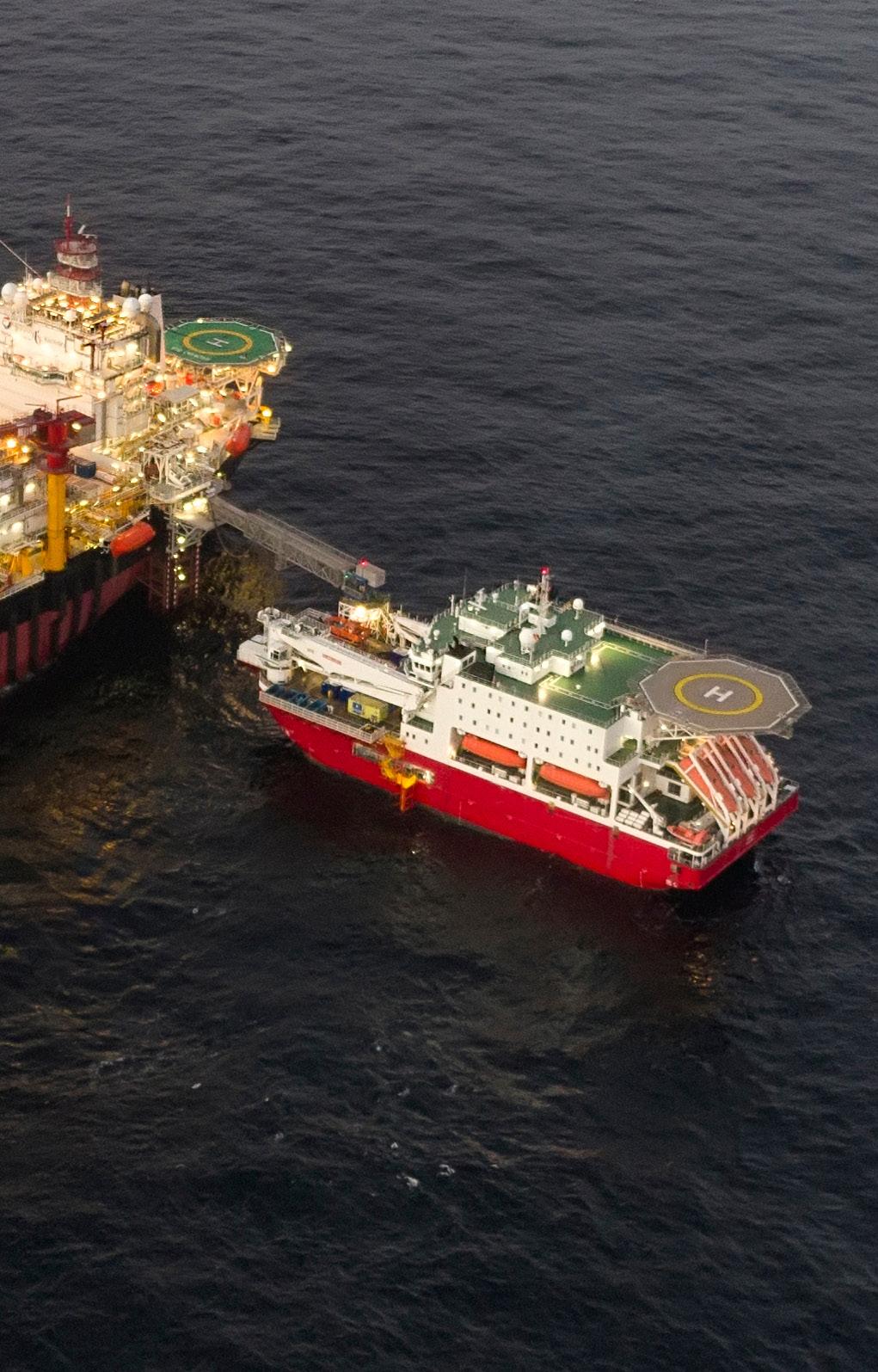
4 minute read
Sealing Solutions for the Marine Industry
The commercial marine industry is a dynamic and global sector involved in the operation, management, and transportation of goods, passengers, and resources by sea. It encompasses a wide range of activities, including shipping, fishing, offshore exploration and production, tourism and leisure, port operations, and maritime services.
This industry plays a critical role in international trade, resource exploration, and economic development, and is subject to international regulations, environmental considerations, and evolving technologies to ensure safety, sustainability, and efficiency in maritime operations.
Advertisement
Here are some examples of various types of commercial marine vessels and the mechanical components containing gaskets:
Offshore Supply Vessels (OSVs)
Offshore Supply Vessels (OSVs) are a diverse category of vessels used in offshore oil and gas operations. They serve various roles and provide support services to offshore installations and platforms.
• Piping systems, such as those for fuel transfer, ballast water, or hydraulic systems.
• Valve assemblies fluid control and regulation.
• Fuel transfer pumps or fire fighting pumps.
Drill Ships
Drill ships are specialized vessels used for offshore drilling operations, particularly in deep water or remote locations. They are equipped with drilling equipment, including a drilling rig, derrick, and other systems necessary for drilling wells.
• Drilling system, mud circulation system, and other piping systems onboard.
• Drilling fluid control, circulation, and well control.
Floating Production Storage and Offloading (FPSO) Vessels
FPSO vessels are floating facilities used in offshore oil and gas production. They are designed to receive, process, store, and offload hydrocarbons produced from offshore fields.
• Oil and gas processing, storage, and offloading.
• Fluid and gas control.
• Fluid transfer and processing.
Floating Storage and Offloading (FSO) Vessels
FSO vessels are floating facilities used for the temporary storage and offloading of oil or gas from offshore production fields. They provide storage capacity and facilitate the transfer of hydrocarbons to tankers for transportation to onshore facilities.
• Same as FPSOs
Oil Tankers
Oil tankers are vessels specifically designed for the transportation of oil and other liquid petroleum products. They come in various sizes and configurations to meet the diverse needs of the oil industry.
• Cargo transfer systems, ballast systems, and other piping connections.
• Cargo handling, transfer, and control.
LNG Carriers
Liquefied Natural Gas (LNG) carriers are specialized vessels designed for the transportation of LNG at cryogenic temperatures. They are crucial in the global LNG trade, facilitating the efficient and safe delivery of natural gas to various destinations.
• Cargo transfer systems, including cryogenic applications.
• LNG control, transfer, and handling.
Pipe-laying Vessels
Pipe-laying vessels are specialized vessels used in offshore construction projects to lay and install sub-sea pipelines for the transportation of oil, gas, and other fluids. These vessels are equipped with advanced equipment and systems to handle the laying process efficiently.
• Pipeline connections and fittings during installation.
• Pipeline control, flushing, and testing.
Well Intervention Vessels
Well intervention vessels are specialized vessels used in the offshore oil and gas industry to perform maintenance, repair, and enhancement operations on sub-sea wells. These vessels are equipped with various tools, equipment, and systems to intervene in wells and ensure their optimal performance.
• Well control and intervention systems, including blowout preventer’s (BOPs) and wellhead connections.
Cargo Ships
Cargo ships are used for transporting goods in bulk or containers. They have various mechanical components such as engines, pumps, valves, and piping systems.

Passenger Ships
Passenger ships, including cruise ships and ferries, are designed for transporting people. They have complex mechanical systems, including engines, generators, HVAC systems, plumbing systems, and more.
Fishing Vessels
Fishing vessels are specialized boats used for commercial fishing activities. They have mechanical components like engines, pumps, valves, and hydraulic systems.
Tugboats and Tow Boats
Tugboats and tow boats are used for towing and manoeuvring larger vessels, barges, or floating structures. They have engines, fuel systems, cooling systems, and hydraulic systems.
Research Vessels
Research vessels are equipped for scientific exploration and data collection at sea. They have various mechanical components, including engines, pumps, valves, and complex scientific equipment.

Dredgers
Dredgers are vessels used for dredging operations to remove sediment and maintain waterways. They contain mechanical components like engines, pumps, valves, and hydraulic systems.
Yachts and Pleasure Craft
Yachts and pleasure craft are recreational vessels used for leisure activities. They have engines, fuel systems, water systems, HVAC systems, and other mechanical components.
Barges
Barges are flat-bottomed vessels used for transporting goods or materials in bulk. They may have mechanical components such as engines, pumps, valves, and piping systems.
Emissions Reduction
The 2020 low sulfur legislation refers to a significant regulation implemented by the International Maritime Organization (IMO), an agency of the United Nations responsible for maritime safety and environmental protection. This regulation, known as IMO 2020 or the Sulphur 2020 cap, aims to reduce sulfur oxide (SOx) emissions from ships operating worldwide.
Commercial marine vessels that are required to reduce sulfur emissions from their exhaust systems typically employ sulfur reducing technologies, such as exhaust gas cleaning systems or scrubbers. These technologies are designed to remove sulfur oxides (SOx) from the exhaust gases emitted by the vessels. Here are some types of commercial marine vessels that may utilize sulfur reducing exhaust systems: Cruise Ships, Ferries, Container Ships, Bulk Carriers, and Tankers.
It’s important to note that the installation of sulfur reducing exhaust systems or scrubbers is dependent on the vessel owner’s compliance strategy, regulatory requirements, and regional emission standards. The specific adoption of such systems may vary among vessels within these categories.
Gaskets used in sulfur reducing exhaust systems are typically made from materials that can withstand the corrosive nature of exhaust gases and liquids, as well as the high temperatures involved. Common gasket materials used in these applications include stainless steel, graphite, elastomers, and specialized high-temperature and chemical-resistant materials.




